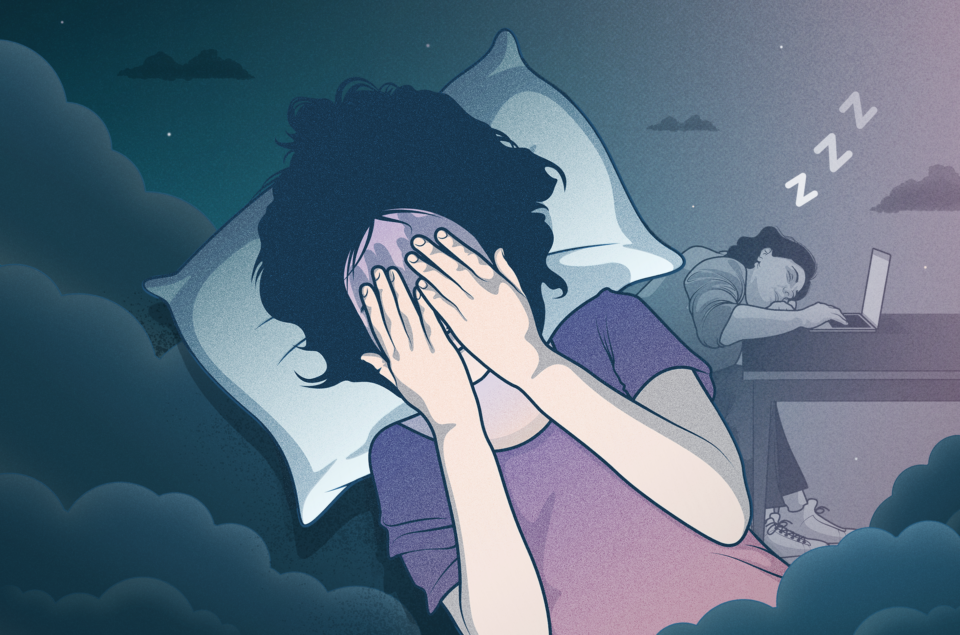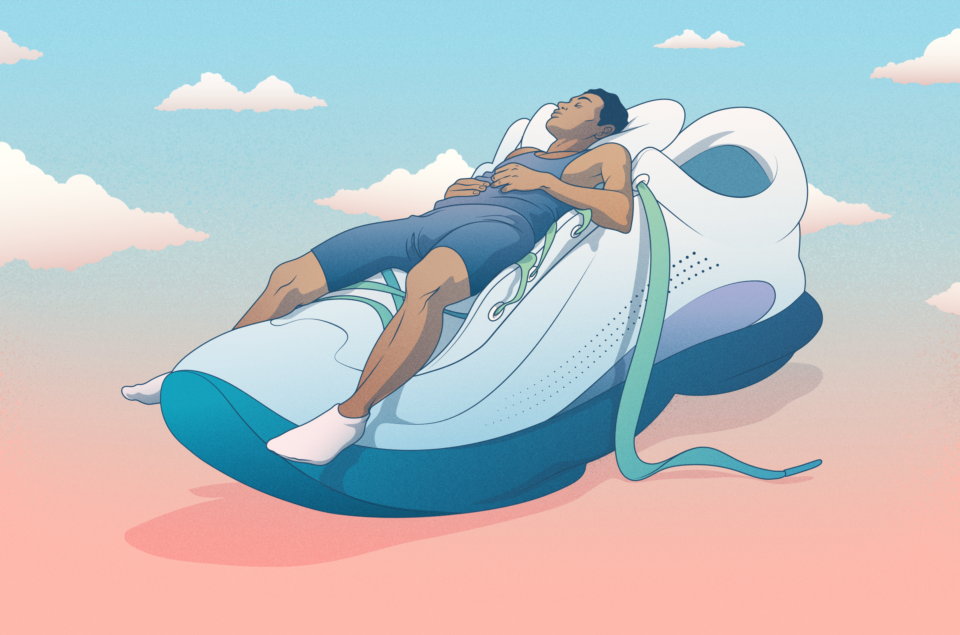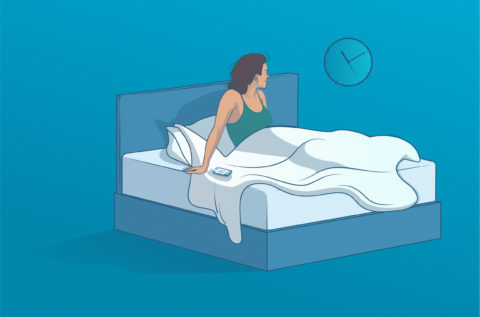Congratulations – if you’re into power naps, you’re in illustrious company. Einstein, Winston Churchill, JFK, and even Leonardo da Vinci were all fans of the afternoon brain shutdown. While we can’t say it will make you a genius, the benefits of taking a power nap are undeniable.
There was a time when napping during the day labeled you as lazy. Today, however, the perception of napping has shifted. Employers are increasingly recognizing the benefits of a power nap in stimulating both attention and performance, incorporating nap spaces into office layouts and schedules.
But how do you master the art of the power nap? When is the best time for a nap? How long should a power nap be? Where should you take your power nap? Wonder no more – here’s our comprehensive guide to getting the perfect power nap and enjoying a more productive day.
- What is a power nap?
- What are the benefits of a power nap?
- How long should a nap be?
- How to take power naps without oversleeping
- How do you train for a power nap?
- Why do power naps work?
- The 5 Rules to achieve the best power nap and feel energized
What is a power nap?
A power nap is a short duration of sleep, usually lasting between 10 to 30 minutes, designed to quickly rejuvenate the body and mind. Unlike longer naps that can lead to deep sleep stages, a power nap aims to keep you in lighter stages of sleep, ensuring you wake up feeling refreshed and alert rather than groggy. You can read more about power naps here.
What are the benefits of a power nap?
- Increases alertness: One of the most significant benefits of a power nap is the boost in alertness. A quick nap can help reduce daytime fatigue and improve your brain function, making you feel more awake and attentive.
- Enhances cognition: Power naps can improve cognitive functions such as memory, reasoning, and perception. They help your brain recharge, enabling better thinking and decision-making abilities.
- Boosts memory: Short naps can enhance long-term memory and executive functioning skills, helping you perform better throughout the day.
- Supports the immune system: While research is still ongoing, some studies suggest that power naps may help reduce stress and boost the immune system, potentially lowering the risk of illness.
How long should a nap be?
How long should I nap to feel energized? In most people, the best nap length is 15 to 20 minutes. The key to successful power napping is its length. Too much takes you into deep sleep mode, leaving you tired and groggy afterward. Too little is simply not enough. Experts tell us that maximum recharging during a power nap is achieved by going from stage 1 sleep (that lovely ‘drifting off’ feeling) to stage 2 (slowdown of brain activity). Going any further is not advised.
How to take power naps without oversleeping
- Set an alarm: Ensure you don’t sleep too long by setting an alarm for 20 minutes. This helps you wake up from light sleep stages, avoiding grogginess.
- Nap midday: The best time for a power nap is after lunch and before 3 pm. This timing helps you avoid the post-lunch energy slump without affecting your nighttime sleep.
- Find a comfortable spot: Choose a quiet, dark, and cool place to nap. Use an eye mask and earplugs if necessary to block out light and noise.
- Try a coffee nap: Drink a cup of coffee right before your nap. Caffeine takes about 20 minutes to kick in, so you’ll wake up feeling extra refreshed.
How do you train for a power nap?
Training yourself to take effective power naps involves creating a consistent routine and a conducive environment:
- Create a nap-friendly environment: Make your napping spot as comfortable and quiet as possible. Use blackout curtains, a sleep mask, or white noise to minimize disturbances.
- Stick to a schedule: Try to nap at the same time each day. This consistency helps your body get used to the idea of a midday rest.
- Relax before napping: Engage in relaxing activities such as deep breathing or listening to calming music before your nap. This can help signal to your body that it’s time to rest.
Why do power naps work?
Power naps work by taking advantage of the body’s natural sleep cycles. During a power nap, you stay in the lighter stages of sleep, which can quickly restore alertness and performance without the grogginess that comes from waking up from deeper sleep stages. By avoiding deep sleep, power naps prevent sleep inertia, the heavy, groggy feeling you get from waking up in the middle of a sleep cycle.
The 5 Rules to achieve the best power nap and feel energized
Rule 1 – Power napping is not for everyone
Sorry, but a power nap doesn’t work for all of us. If you suffer from insomnia or have trouble sleeping at night, power napping is probably a bad idea. It can confuse your body clock, disrupt an already dysfunctional routine and you could be staring at the ceiling until the wee small hours. Make sure your power napping routine isn’t affecting your nightly sleep negatively, by tracking your sleep patterns with Sleep Cycle.
Try Sleep Cycle Premium for free
Rule 2 – Duration is king
So how long does this process take? For most people, 15 to 20 minutes is ideal. The effectiveness of a power nap hinges on its duration. Napping too long leads to deep sleep and grogginess, while too short doesn’t provide enough rest.
Rule 3 – Timing is everything
The timing of your power nap is crucial – so it’s only right we consult with the people who do it best. The siesta is a long-established cultural pillar in many Mediterranean countries so it would be logical to assume that the sweet spot for power napping is ‘siesta time’. In other words, sometime after lunch and before 3 pm. After the post-lunch energy crash, many people lose focus. Don’t leave it too late though – napping after 3 pm could have an adverse effect on your night’s sleep.
Rule 4 – Find your ‘nappy’ place
First, please excuse the terrible pun in the headline. We couldn’t resist it – but in our defense, choosing your napping zone is a serious business. A place where there’s less risk of being disturbed is a good start. If you can lie down, all the better, although a comfortable chair or even a reclining work chair can do the job too. And why not use those expensive noise-reducing headphones for something other than music? They’ll keep out intrusive noise as well as acting as a ‘stay away’ warning to your co-workers!
Rule 5 – The dozing is in details
So you’ve established you’re a power napper and decided the duration, place, and timing – so what now? Well before you doze off, eliminate as many distractions as possible. Close your laptop or mobile. Shut off your computer screen. If you have a landline telephone (yes, they still exist), divert or hold incoming calls. If you’re lucky enough to have an assistant, tell them you’re in ‘Do Not Disturb’ mode. Whatever it takes!
Happy napping!










